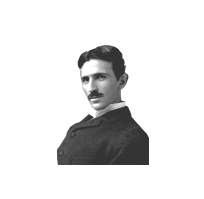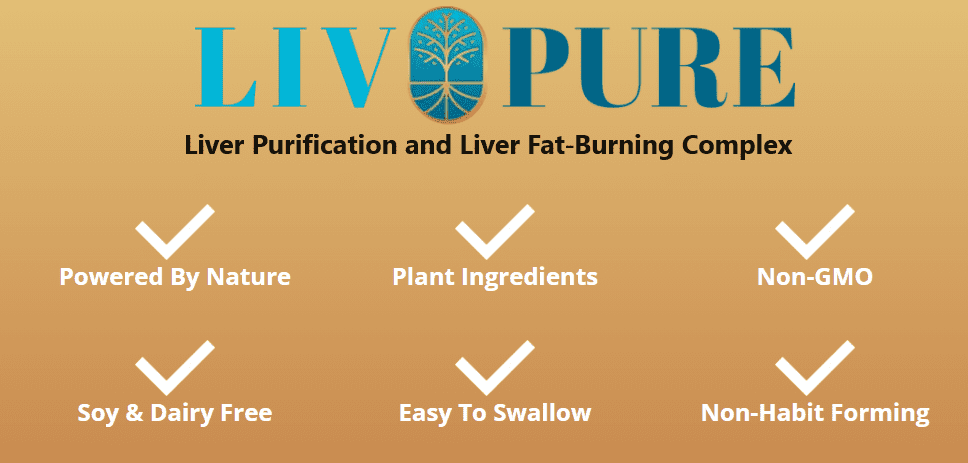Nikola Tesla, the brilliant inventor and visionary, left an indelible mark on the world of science and technology. Among his numerous groundbreaking discoveries, one of the most tantalizing and promising was his vision of harnessing electricity from anywhere at any time, essentially offering the world the tantalizing prospect of free, limitless energy. In this essay, we will delve into the remarkable journey of Nikola Tesla’s electricity discovery, explore the possibilities of accessing and using this free electricity in contemporary times for homes and automobiles, and consider the potential implications for our planet’s future.
Nikola Tesla: A Visionary Ahead of His Time
Born in 1856 in what is now Croatia, Nikola Tesla was a true visionary whose ideas and inventions have shaped the modern world in countless ways. Tesla’s fascination with electricity led him to envision a world where energy was abundant, clean, and accessible to all. His dream was to harness the natural forces of the Earth to provide humanity with an unending source of power, without the limitations of fossil fuels or the constraints of wires and cables.
Tesla’s work on wireless electricity transmission is a testament to his innovative spirit. He believed that electricity could be transmitted through the Earth’s atmosphere and harnessed by anyone, anywhere, without the need for cumbersome infrastructure. His vision extended beyond just powering homes and factories; Tesla imagined a future where electric vehicles and devices would run wirelessly, free of charge. This audacious idea, although considered outlandish in his time, has continued to captivate the imaginations of scientists and engineers worldwide.
The Foundation of Wireless Energy: Wardenclyffe Tower
At the heart of Tesla’s dream of free electricity was the construction of Wardenclyffe Tower, a colossal project funded by philanthropist J.P. Morgan. The tower was envisioned as a prototype for a global system of wireless power transmission. Standing over 180 feet tall on Long Island, New York, the tower was a marvel of its time. Tesla believed that by using resonance and carefully tuned frequencies, he could transmit electricity through the Earth and receive it on the other side of the planet, effectively making energy available globally and instantaneously.
The Wardenclyffe Tower, however, faced financial difficulties and was never fully realized. Despite the tantalizing possibilities it represented, the tower was eventually dismantled, and Tesla’s wireless energy dreams remained largely unrealized in his lifetime.
The Resurgence of Tesla’s Vision
In recent years, Nikola Tesla’s ideas have seen a resurgence, driven by advancements in technology and the growing urgency to find sustainable energy sources. While Tesla’s specific designs and methods may not have been fully realized during his lifetime, his fundamental principles have inspired modern innovators to explore wireless energy transmission and free electricity.
One of the most promising approaches to realizing Tesla’s dream involves utilizing resonant inductive coupling—a concept that Tesla himself pioneered. This technology allows for the wireless transfer of energy between two coils that are tuned to the same resonant frequency. When electricity is introduced into one coil, it creates a magnetic field that transfers the energy to the other coil, even at a considerable distance. This principle has paved the way for modern experiments in wireless charging for electric vehicles, electronic devices, and even homes.
Harnessing Tesla’s Free Electricity for Homes
Imagine a world where your home is powered by limitless, clean electricity without the burden of monthly utility bills. Tesla’s vision of harnessing electricity from the Earth’s natural energies is inching closer to reality. Here’s how this free electricity could be accessed and used in our homes today:
1. Residential Tesla Coils: Residential Tesla coils, inspired by Nikola Tesla’s work, are a promising development. These coils can be installed in homes, working on the principles of resonant inductive coupling. They could receive wireless energy from a nearby source or grid and distribute it throughout the home. This approach would eliminate the need for conventional power lines, making it not only efficient but also environmentally friendly.
2. Solar and Wind Integration: Tesla’s vision of free electricity can be synergized with renewable energy sources such as solar and wind power. Homes equipped with solar panels and wind turbines could harness energy from these sources and then utilize wireless technology to transmit any excess electricity to nearby homes or storage facilities. This sharing of surplus energy could create a network of interconnected homes that collectively generate and share electricity.
3. Wireless Charging Pads: Wireless charging technology has made significant strides in recent years. We already see this in the form of wireless charging pads for smartphones and other devices. A similar concept can be applied to our homes, where specially designed surfaces or flooring could wirelessly transmit electricity to our devices and appliances. Imagine your electric vehicle automatically charging in your garage without needing to plug it in—a future made possible by Tesla’s vision.
Electric Vehicles: A Wireless Future
The application of Tesla’s ideas extends beyond the home and into the realm of transportation. Electric vehicles (EVs) stand to benefit significantly from the wireless transmission of electricity. Here’s how Tesla’s vision can revolutionize EVs:
1. Wireless Charging Infrastructure: One of the most exciting developments in EV technology is the creation of wireless charging infrastructure. Wireless charging pads embedded in roadways, parking lots, and even traffic signals can continuously recharge EVs as they travel, extending their range and reducing the need for traditional charging stations.
2. Resonant Inductive Coupling for EVs: Modern EVs are beginning to adopt resonant inductive coupling technology for wireless charging. By installing charging pads in the vehicle’s undercarriage and on the road, drivers can experience seamless charging experiences without ever needing to plug in their vehicles. This not only enhances convenience but also reduces the wear and tear on charging cables and connectors.
3. Energy Harvesting: Tesla’s wireless energy vision can also be applied to energy harvesting within EVs. Advanced regenerative braking systems and energy recovery mechanisms can capture and store energy wirelessly transmitted from the road during travel. This additional energy can extend the vehicle’s range and further reduce the environmental impact of EVs.
Conclusion: The Path to a Sustainable Future
Nikola Tesla’s dream of free electricity harnessed from the Earth’s natural energies is more relevant today than ever before. With the increasing demand for sustainable energy sources and the drive to reduce our carbon footprint, Tesla’s vision offers a beacon of hope for a greener, more sustainable future. By harnessing wireless technology, resonant inductive coupling, and renewable energy sources, we inch closer to making Tesla’s dream a reality—a world where electricity flows freely and sustainably, benefiting our homes, our vehicles, and our planet.
FAQs (Frequently Asked Questions)
Q1. Who was Nikola Tesla, and what was his contribution to electricity generation?
A1. Nikola Tesla was a renowned inventor and engineer who contributed significantly to the development of alternating current (AC) electricity, which revolutionized the way electricity is generated, transmitted, and used.
Q2. What is Tesla’s vision of harnessing electricity from anywhere at any time?
A2. Tesla envisioned a world where electricity could be wirelessly transmitted through the Earth’s atmosphere, allowing anyone to access and use it without the need for traditional power sources or infrastructure.
Q3. Can Tesla’s wireless electricity transmission be applied to homes today?
A3. Yes, modern technology has made strides in wireless energy transmission. Resonant inductive coupling and wireless charging technologies are being explored for use in homes, offering the potential for wireless electricity access.
Q4. How can residential Tesla coils help in accessing free electricity for homes?
A4. Residential Tesla coils can be installed in homes to receive wireless energy from a nearby source or grid. They distribute this energy throughout the home, eliminating the need for conventional power lines.
Q5. Are renewable energy sources integrated with Tesla’s concept of free electricity for homes?
A5. Yes, renewable energy sources like solar and wind power can be integrated with Tesla’s vision. Homes equipped with solar panels and wind turbines can share surplus energy wirelessly with other homes or storage facilities.
Q6. Can wireless charging pads be used to access Tesla’s free electricity at home?
A6. Yes, wireless charging pads embedded in surfaces or flooring can transmit electricity to devices and appliances in the home. Electric vehicles can also benefit from this technology.
Q7. How does wireless charging infrastructure for electric vehicles work?
A7. Wireless charging infrastructure includes charging pads embedded in roadways and parking lots. Electric vehicles equipped with compatible technology can receive continuous wireless charges while driving or parked over these pads.
Q8. What is resonant inductive coupling in the context of electric vehicles?
A8. Resonant inductive coupling allows electric vehicles to wirelessly charge by using specially designed charging pads on the vehicle and on the road. The technology uses resonance to transfer energy efficiently.
Q9. How does energy harvesting apply to electric vehicles using Tesla’s wireless energy concept?
A9. Energy harvesting in electric vehicles involves capturing and storing energy wirelessly transmitted from the road during travel. This harvested energy can extend the vehicle’s range and improve efficiency.
Q10. What is the potential impact of implementing Tesla’s vision on the environment and sustainability?
A10. Implementing Tesla’s vision could lead to a more sustainable future by reducing our reliance on fossil fuels, minimizing greenhouse gas emissions, and fostering cleaner and more efficient energy use in homes and transportation.

















